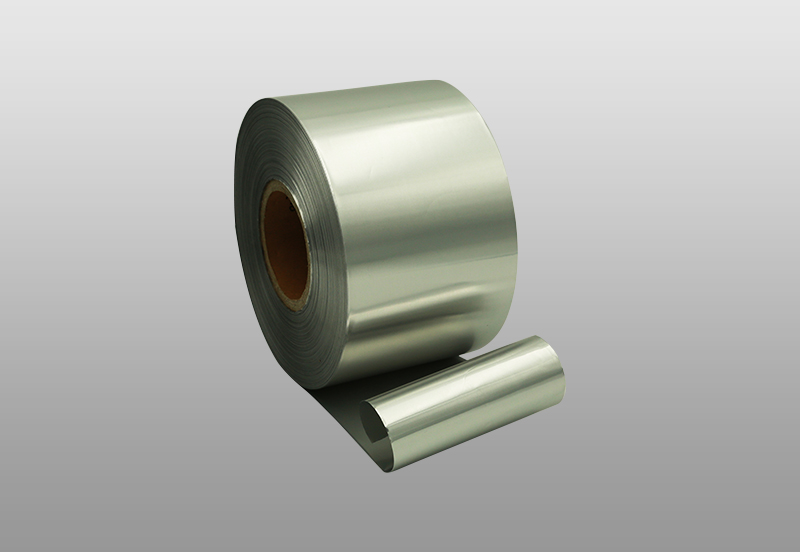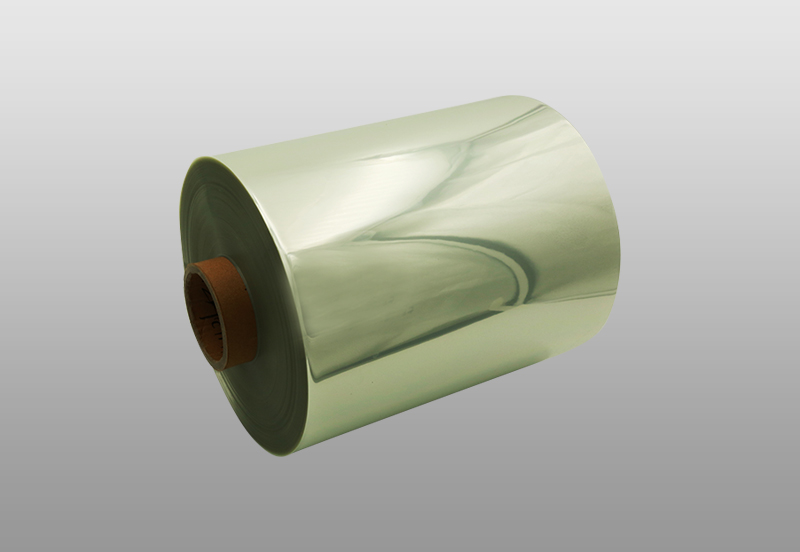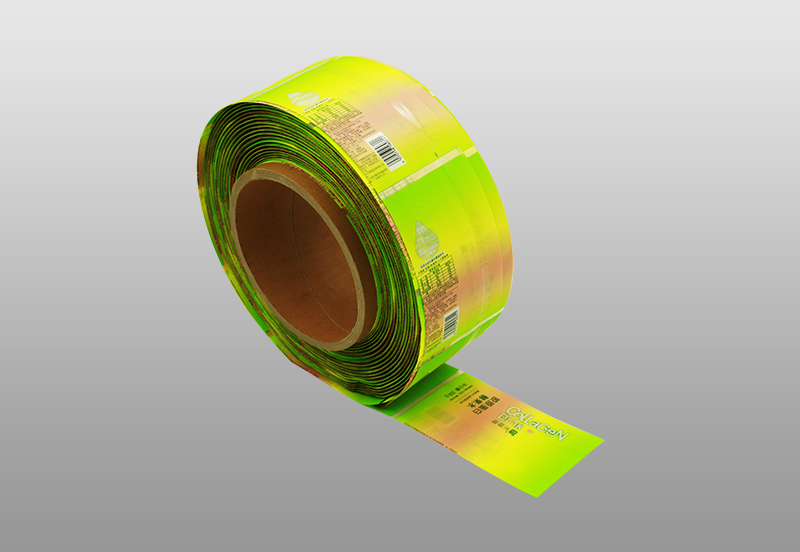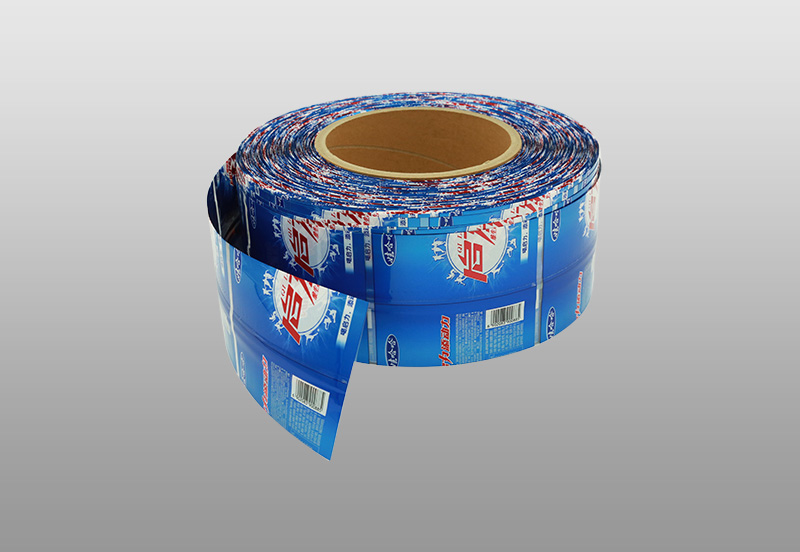1. When the stretched film is produced at high speed, ink is stuck on both sides of the printing roller or the printing roller is uneven, and the stretched film appears uneven when it enters the printing plate and exits the printing plate after printing.
2. The production conditions have changed significantly during the casting or longitudinal stretching process. For example, when the longitudinal thickness of the stretched film changes greatly or the cast sheet has large defects, the local tensile stress of the cast sheet exceeds the material during the stretching process. Allowed to withstand stress, causing lateral membrane rupture.
3. The raw materials contain impurities with large performance differences (low molecular weights, oil stains, etc.), there are obvious horizontal stripes and bubbles on the cast sheet, and various inconspicuous film breaking factors before horizontal stretching are further expanded (vertical thickness fluctuations, etc.), Strain the local area too much.
4. The deviation of the crystallization and orientation of the cast piece is too large. The filter is damaged, and the cast piece has high impurity content. The machine head is leaking and the roller surface is crushed. The use of waste and failure to set equipment parameters scratch the stretch film.
5. Improper setting of extrusion and longitudinal stretching temperature. Various volatiles gathered on the top of the oven and the air duct fall onto the stretched film. In addition, damage to the chain clip is also an important reason.
6. The transverse thickness deviation of the stretched film is too large or the longitudinal and transverse stretch ratios are too large, and the edge temperature is too high during longitudinal stretch. The longitudinal stretching setting temperature is too high, and the crystal orientation of the cast piece is not good. The temperature of the chain clip is too high, and there is waste in the horizontal stretching oven to scratch the stretch film.
7. Choose a material with a reasonable degree of deformation and good plasticity. The degree of deformation can be greater. For cylindrical parts with a large height, multiple stretches can be used, otherwise wrinkles and cracks will occur due to excessive deformation of the flange.

 English
English Español
Español русский
русский 简体中文
简体中文






